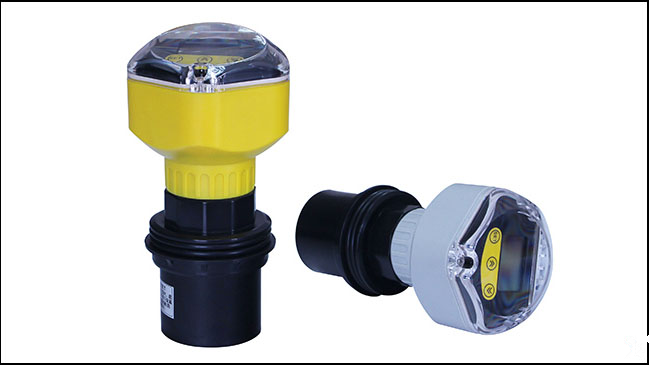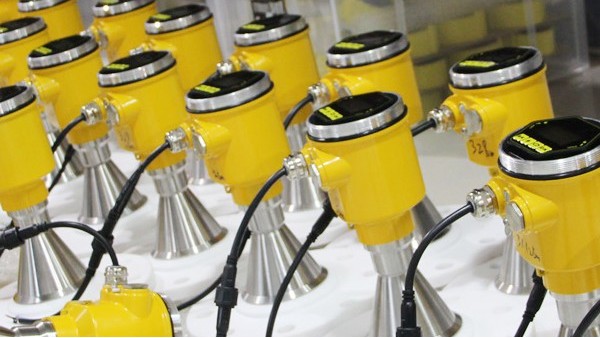Radar level meters are advanced measuring instruments for solid materials, process vessels, or strong dust prone to crystallization and condensation. It has the advantages of low maintenance, high performance, high accuracy, high reliability, and long service life. It can be adapted to harsh production environments such as high temperature, high pressure, and steam.
It is suitable for non-contact continuous level measurement of liquids, slurries, and granular materials, and is suitable for applications with large variations in temperature and pressure, and where inert gases and volatiles are present. Ultrasonic level meters, with strong anti-interference, lightweight, non-scaling, and other characteristics, can be widely used in a variety of liquid and solid material height measurements. So what is the difference between radar level meter and ultrasonic level meter applications?

The main difference between ultrasonic and radar level meters is the principle of measurement, which leads to their different applications. The radar level meter is based on the dielectric constant of the substance to be measured, whereas ultrasound is based on the density of the substance to be measured.
Therefore, the measurement effect of radar for substances with a low dielectric constant is reduced, and ultrasound is generally recommended for solid substances.
At the same time, the radar level meter is emitting electromagnetic waves, with no need to propagate the medium, while ultrasonic waves are sound waves, mechanical waves that need to propagate the medium.
For example, ultrasonic waves are emitted through the vibration of piezoelectric substances, so they cannot be used in high-pressure or negative-pressure situations and are generally only used in atmospheric pressure vessels. Whereas radar level meters can be used in high-pressure process tanks.

1. Ultrasonic level transmitter accuracy is not as good as radar level meters.
2. Radar level meter is relatively more expensive.
3. The dielectric constant of the medium should be considered when using a radar level meter.
4. Radar level meter is used in a vacuum, if the steam content is too high or the liquid surface has foam and other conditions.
5. The measuring range of the radar level meter is much larger than that of the ultrasonic.
6. Radar level meter has horn type, rod type, and cable type, compared to ultrasonic can be applied to more complex working conditions.
